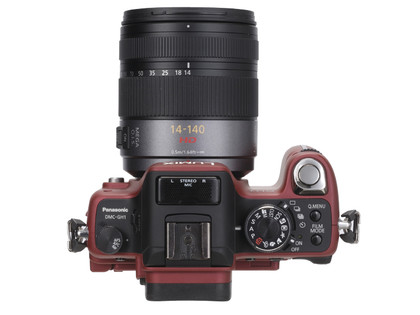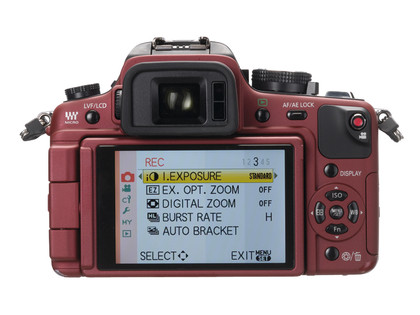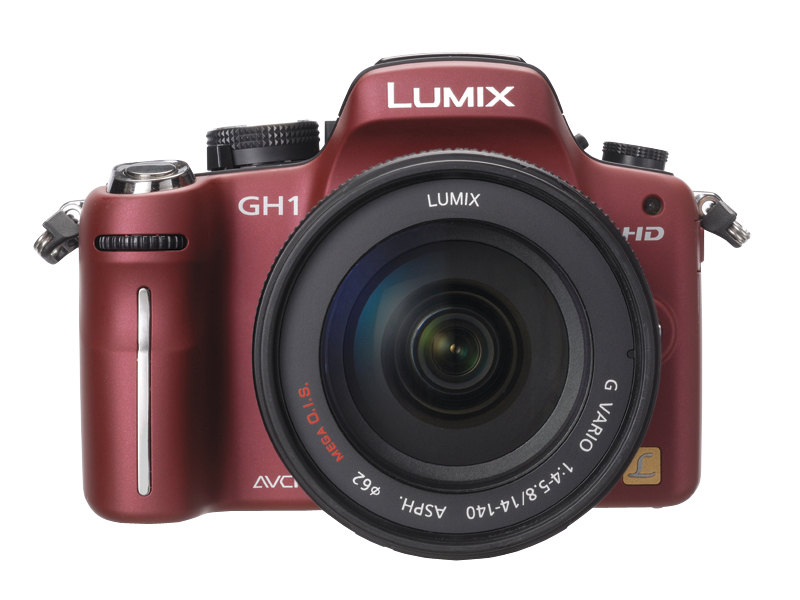TechRadar Verdict
Despite solid all-round picture quality and a wealth of features, the GH1 costs more than double the price of the original G1 package. For the same money or less, you can get a 'full size' DSLR like the Canon 500D or Nikon D90, complete with super-zoom lens
Pros
- +
Great picture performance
- +
HD video
- +
Takes useful SLR features
Cons
- -
Costs as much as a regular DSLR
Why you can trust TechRadar
Firmly ensconced in the middle ground between digital compact camera and DSLR, Panasonic's new DMC-GH1 picks up where the original G1 left off.
It looks and feels like a mini-DSLR and offers the advantage of interchangeable lenses, but there's no lip-up mirror to drive an optical viewfinder.
This cuts down on the size, weight and complexity of the camera, and another bonus is that 'Live View' shooting mode is always available, along with magnification for accurate manual focusing, but there are various trade-offs.
The electronic viewfinder image is quite noisy in low-light shooting conditions and its jerkiness is a pain when panning.
Like the original G1, the new model uses the Micro Four Thirds format, based on a sensor which is considerably larger than those of compact cameras, enabling a tighter depth of field for creative blurring of backgrounds – especially useful in portrait shots.
Even so, at any given equivalent focal length, the depth of field is still nowhere near as tight as on a full-frame DSLR and rather looser than DSLRs with a crop factor of 1.5x or 1.6x.
The crop factor of the GH1 is 2.0x, so the 14-140mm 10x zoom kit lens has a useful focal-length range equivalent to 28-280mm, along with minimal distortion throughout, although it's a bit soft at the edges of the frame at either end of the zoom range when shooting wide open.
Given that the ability to change lenses is one of the major attractions of the GH1, compared with straightforward compact cameras, there aren't many alternative Micro Four Thirds lenses available. Panasonic's offerings boil down to an ultra-wide 7-14mm, a 45-200mm telephoto and a standard 14-45mm zoom lens.

So if you want a fast prime or macro lens, for example, you'll need to splash out an extra £140 for a DMW-MA1 adaptor so that you can it regular Four Thirds lenses to the camera – the MOS image sensor is situated right behind the lens mount, so there's simply not enough room to it a regular lens.
Dust dangers
Whereas the sensors of DSLR cameras are hidden behind a mirror assembly and shutter, the GH1's sensor is exposed, just a few millimetres behind the lens mount, so getting dust and dirt on your sensor when changing lenses is a much more major and ever-present danger.
Like most compact cameras, there are various scene modes as well as the usual P, A, S, M shooting modes and a fully automatic setting. You also get three user-defined custom modes for dialling in and storing your own settings.
The GH1's full HD movie mode (1080/24p) is feature-packed too, with a mini HDMI socket for connecting direct to HD TVs and built-in stereo mic. It's one of the most advanced 'video DSLRs' yet.

Outright stills image quality is generally very good, with a wealth of Standard, Dynamic, Nature, Smooth, Nostalgic and Vibrant colour film modes to choose from, plus a few black & white modes and customisable user settings.
There's a similar abundance of adjustments for almost all camera settings, although the menu and control systems are fiddly to use. For example, there's a multi-screen main menu, a Q. menu, a Film Mode menu and numerous other tweaks, so the camera takes a lot of getting used to before you begin to remember how to get at everything you want.
The only other real problem in our tests was that autofocus proved quite hit and miss. Considering its high asking price, the GH1 ultimately feels more like a clever gadget than a proper camera.
Follow TechRadar Reviews on Twitter: http://twitter.com/techradarreview
